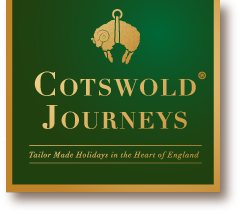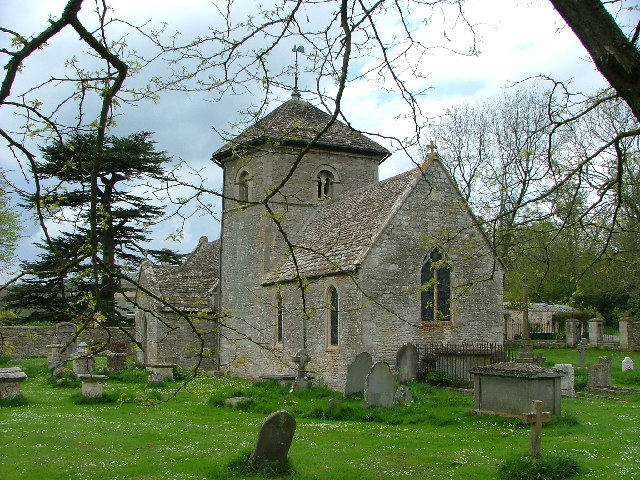Ozleworth
The village was once ‘Oslan wyrth’, derived from the Old English words ōsle + worth, meaning either “enclosure of a man named Ōsla” or “enclosure frequented by blackbirds”. It was listed as Osleworde in the Domesday Book.
The Church
In the remote country, up a deep narrow valley, this lovely little Norman church stands in a circular churchyard, which suggests an early Celtic pre-Christian site. The church is dedicated to St. Nicholas of Myra, a 4th-century saint and Greek Bishop of Myra (Demre, part of modern-day Turkey) in Lycia. Because of the many miracles attributed to his intercession, he is also known as ‘Nikolaos the Wonderworker’. He had a habit of secreting gifts to people, and so became the model for Father Christmas. He is variously the patron saint of sailors, merchants, archers, thieves, children, and students.
Most striking is the irregular hexagonal tower which rises from the central part of the church, dividing the nave from the chancel. This, too, is Norman and probably originally formed the nave of a small chapel or oratory built by Roger de Berkeley in the early 12th century. Looking up at its roof from within, you will notice how uneven the sides of the tower are, especially on the eastern side, which may indicate that there was an apse (a hemispherical vault) on the original chapel.
In the 13th century, the chapel was extended in Early Gothic style with the addition of a nave to the west and chancel to the east. Later, Victorian, refurbishment has masked some of the stonework from the period but what remains is very fine – the main south entrance doorway is beautifully carved, with exuberant leaf sprays, whilst the arch in the west tower is deeply scored with zig-zags.
Most of the interior fittings are Victorian but four panels of Flemish painted glass in the south-west window of the tower are 16th or 17th century, the figures possibly based on Rembrandt etchings.


0 Comments